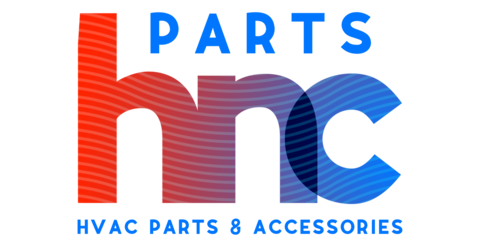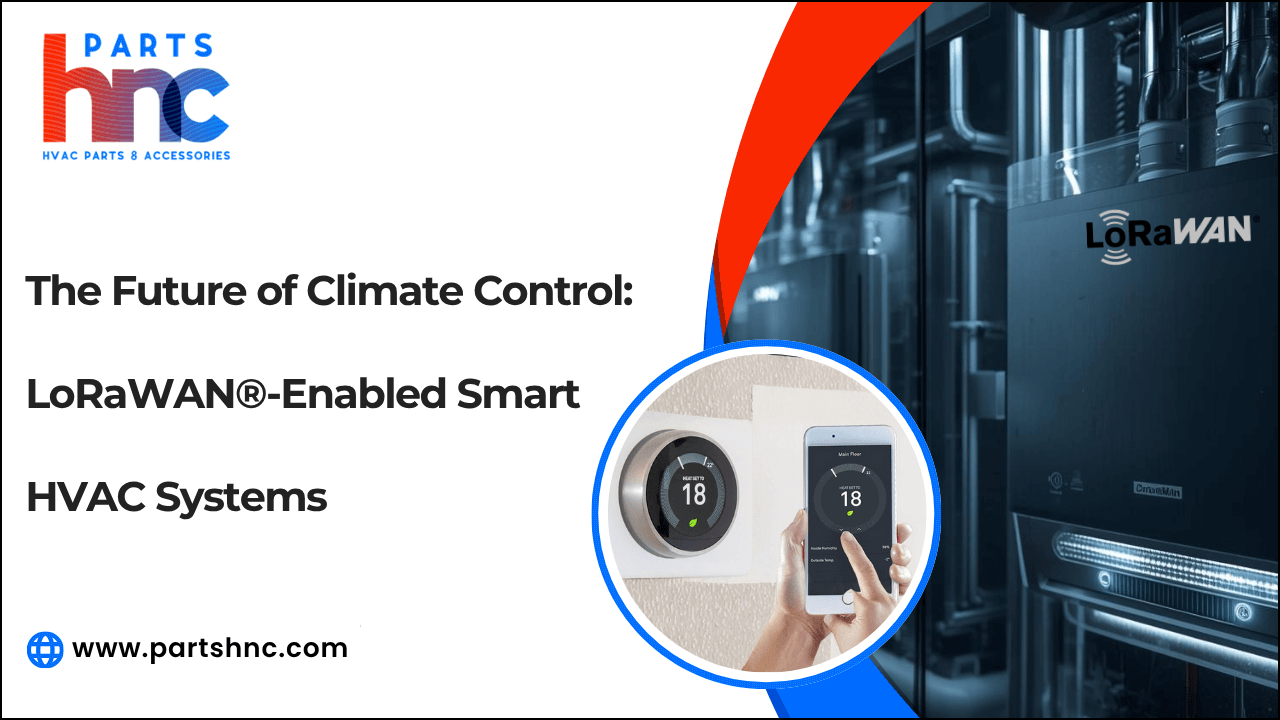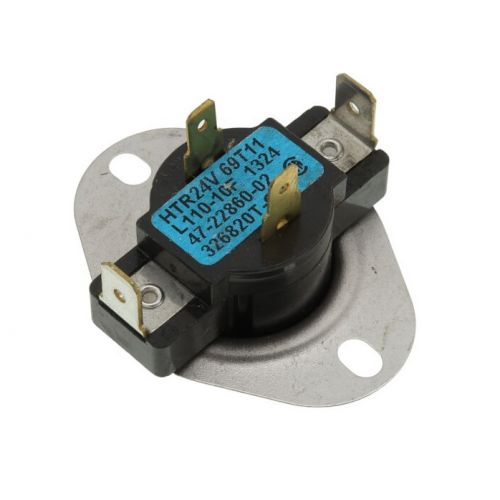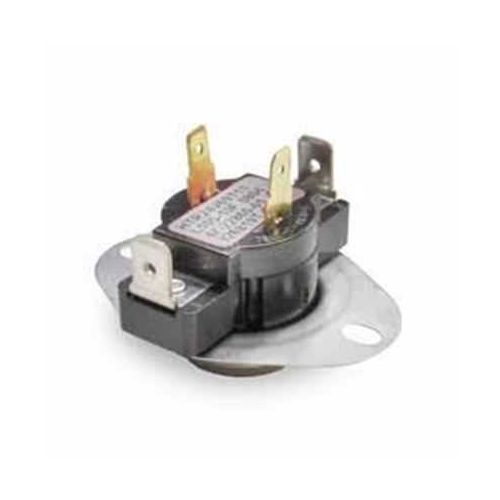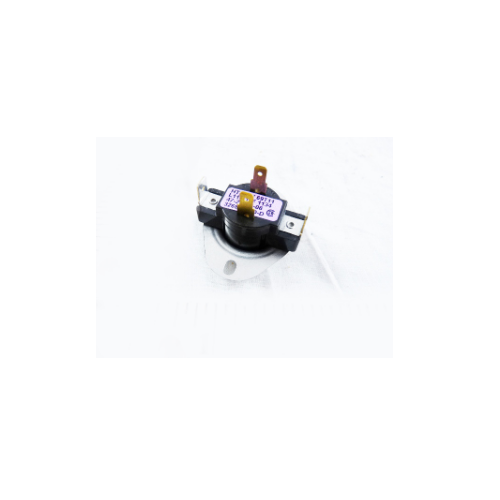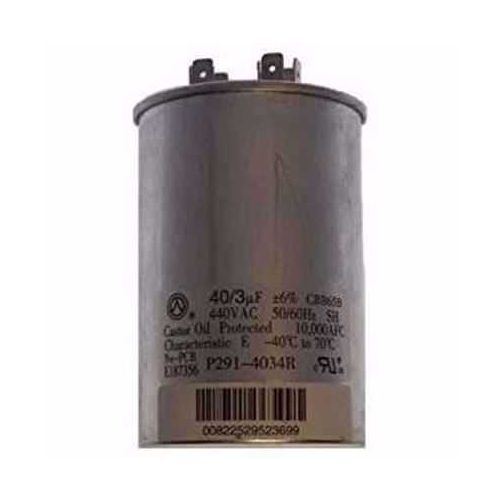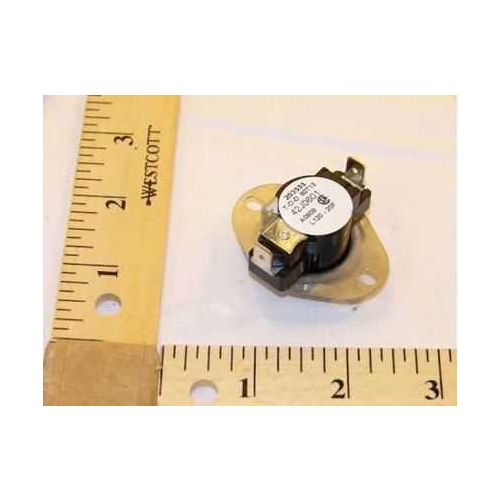The Future of Climate Control: LoRaWAN®-Enabled Smart HVAC Systems
The integration of LoRaWAN® technology into smart HVAC systems represents a transformative step in climate control. By leveraging long-range, low-power wireless communication, LoRaWAN® enables real-time monitoring and management of heating, ventilation, and air conditioning systems across large buildings or campuses. This connectivity allows for predictive maintenance, energy optimization, and enhanced occupant comfort, reducing both operational costs and carbon footprint.
Moreover, LoRaWAN®-enabled HVAC systems facilitate data-driven decision-making through advanced sensors that track temperature, humidity, and air quality. The scalable and secure network ensures seamless integration with existing building management systems, paving the way for smarter, more sustainable infrastructure. This approach highlights the potential of IoT technologies to revolutionize energy efficiency and environmental sustainability.
What Is LoRaWAN® and Why It Matters for HVAC
LoRaWAN® (Long Range Wide Area Network) is a low-power, long-range wireless protocol for IoT devices. It enables secure, efficient data transmission across large buildings or campuses. This technology is transforming HVAC monitoring, management, and energy efficiency.
Why LoRaWAN® Matters for HVAC:
-
Energy-Efficient Operation: Sensors powered by LoRaWAN® can run for years on a single battery, reducing maintenance efforts and costs.
-
Real-Time Monitoring: Continuously tracks temperature, humidity, airflow, and energy usage, providing instant insights into HVAC system performance.
-
Data-Driven Optimization: Collected data helps identify inefficiencies, detect anomalies, and optimize system settings for better energy usage.
-
Scalability: Supports hundreds or thousands of devices across large buildings or campuses, without requiring expensive infrastructure like Wi-Fi or wired networks.
-
Predictive Maintenance: Enables early detection of equipment issues, allowing proactive servicing that reduces downtime and extends system life.
-
Enhanced Comfort: Maintains consistent indoor climate conditions for occupants by ensuring HVAC systems respond quickly to environmental changes.
-
Cost Reduction: Reduces operational expenses by improving energy efficiency and lowering repair and maintenance costs.
-
Secure Communication: Ensures that all devices in the network transmit data safely, protecting sensitive facility information.
By leveraging LoRaWAN®, HVAC systems become smarter, more efficient, and easier to manage. It enables data-driven decisions that save costs and improve comfort for occupants.
How LoRaWAN®-Enabled Smart HVAC Systems Work
LoRaWAN® enables HVAC systems to communicate seamlessly and make data-driven adjustments in real time. This technology turns traditional HVAC setups into fully connected, smart systems.
-
Sensors Detect Conditions: Temperature, humidity, air quality, and pressure sensors continuously measure environmental conditions in different zones of a building.
-
Data Transmission via LoRaWAN®: Sensors send small, low-power data packets to a central gateway using the long-range LoRaWAN® network.
-
Gateway Aggregation: The LoRaWAN® gateway collects data from multiple sensors and forwards it to a cloud platform or local server.
-
Cloud or Edge Processing: Data is analyzed to determine system performance, detect trends, and identify irregularities in real-time.
-
Automated HVAC Response: Based on the analysis, smart controllers adjust heating, cooling, and ventilation settings automatically to maintain target conditions.
-
Alerts and Notifications: If any system anomalies or failures are detected, facility managers receive instant alerts for prompt action.
-
Historical Data & Reporting: All data is stored for trend analysis, energy reporting, and long-term optimization.
-
Integration with Other Building Systems: LoRaWAN® HVAC systems can communicate with lighting, access control, and energy management systems for coordinated smart building control.
This workflow highlights how LoRaWAN® transforms HVAC management into a proactive, intelligent, and fully automated system.
Key Components of LoRaWAN®-Enabled HVAC Systems
LoRaWAN®-enabled HVAC systems rely on several essential components that work together to provide smart, efficient climate control. Understanding these components helps explain how modern HVAC systems achieve real-time monitoring and automated management.
Temperature and Humidity Sensors
-
Measure environmental conditions such as temperature and humidity in various zones.
-
Provide essential data for monitoring indoor comfort and system performance.
Airflow and Pressure Sensors
-
Track airflow rates and duct pressure to ensure proper ventilation and system balance.
-
Help detect blockages or inefficiencies in the HVAC distribution network.
CO₂ and Air Quality Sensors
-
Monitor indoor air quality and detect pollutants like CO₂, VOCs, and particulate matter.
-
Support healthier indoor environments and compliance with ventilation standards.
LoRaWAN® Gateway
-
Aggregates data from multiple sensors and transmits it to cloud or edge systems.
-
Acts as the central communication hub connecting devices across the building.
HVAC Controllers/Actuators
-
Regulate heating, cooling, and ventilation equipment based on sensor inputs.
-
Translate data insights into precise physical adjustments in the HVAC system.
Network Antennas
-
Provide long-range wireless connectivity between sensors and the LoRaWAN® gateway.
-
Ensure reliable communication even in large or multi-story buildings.
Cloud Server or Edge Processing Unit
-
Stores, processes, and analyzes data received from the gateway.
-
Supports real-time monitoring, analytics, and integration with building management systems.
Power Supplies/Batteries
-
Provide energy to sensors, gateways, and controllers for continuous operation.
-
Enable low-maintenance, long-life deployment in hard-to-reach areas.
Together, these components form a smart HVAC ecosystem. Integrating sensors, gateways, controllers, cloud analytics, and LoRaWAN® connectivity ensures comfort, energy efficiency, and proactive maintenance.
How LoRaWAN® Enhances HVAC Systems
LoRaWAN® enables HVAC systems to communicate seamlessly across large buildings while using minimal power. It supports smart, connected, and energy-efficient operations.
-
Mesh-Free, Multi-Building Connectivity: Supports HVAC networks across multiple buildings without complex wiring or repeaters.
-
Battery-Powered Long-Life Sensors: Enables placement in hard-to-reach or retrofitted areas without frequent battery changes.
-
Dynamic Demand Response: Allows HVAC systems to respond automatically to utility load signals, optimizing energy use during peak periods.
-
Localized Micro-Adjustments: Uses precise data from individual sensors to fine-tune HVAC output in micro-zones rather than entire floors.
-
Data Prioritization: Transmits critical alerts immediately while batching less urgent data to reduce network congestion.
-
Remote Firmware Updates: Supports over-the-air updates for sensors and controllers without site visits.
-
Scalable Multi-Protocol Integration: Can interface with other IoT networks or building automation protocols for hybrid smart building setups.
Explore this article on HVAC tecchnology advancements: key upgrades for 2025 and beyond to find the cutting-edge innovations that will shape the future of climate control, energy efficiency, and system automation.
Benefits of LoRaWAN® for HVAC Systems
LoRaWAN® brings transformative benefits to HVAC systems by enabling smarter, more efficient, and flexible operations. These advantages improve energy efficiency, comfort, and long-term system performance.
AI-Ready Data Streams
Continuously collected LoRaWAN® data enables AI-driven energy optimization and smarter decision-making.
Example: Johnson Controls’ Smart Building Platform in U.S. commercial buildings uses LoRaWAN® sensors to feed AI algorithms that optimize HVAC energy consumption based on historical and real-time data.
Adaptive Seasonal Tuning
Automatically adjusts HVAC parameters across seasons to maintain comfort while minimizing energy use.
Example: Siemens Smart Infrastructure in Texas office buildings leverages LoRaWAN® sensors to adjust HVAC schedules seasonally, reducing summer and winter energy peaks.
Reduced Peak Demand Charges
Optimizes HVAC operation to lower electricity costs during utility peak hours.
Example: Honeywell Building Solutions in New York City commercial buildings use LoRaWAN®-enabled systems to shift HVAC loads during peak hours, cutting electricity bills.
Remote Commissioning
New HVAC devices can be configured and tested remotely without onsite technicians.
Example: Schneider Electric in California campuses deploys LoRaWAN® HVAC systems that allow full remote setup and testing.
Historical Fault Pattern Analysis
Long-term data helps identify recurring system issues that may not be obvious from single events.
Example: Verdigris Technologies monitors U.S. commercial properties with LoRaWAN® sensors to detect long-term HVAC anomalies for better maintenance planning.
Enhanced Indoor Air Strategy
Supports advanced ventilation strategies for health and productivity.
Example: Brivo’s HVAC Integration in Florida hospitals uses LoRaWAN® sensors to maintain safe CO₂ and particulate levels through dynamic ventilation.
Support for Hybrid HVAC Systems
Coordinates traditional and renewable or VRF systems seamlessly.
Example: Carrier Smart Building Solutions in Chicago mixed-use developments integrate VRF and traditional systems via LoRaWAN® for efficient control.
Check out this article on mitigating hazards: best practices in hvac safety standards to learn how to enhance safety, reduce risks, and comply with industry regulations in HVAC installations and maintenance.
Final Thoughts: The Future of LoRaWAN® in HVAC Systems
LoRaWAN® is revolutionizing HVAC systems by making them smarter, more energy-efficient, and highly responsive. Its long-range, low-power connectivity allows seamless integration with building systems, enabling intelligent management and improved occupant comfort. As IoT and AI technologies advance, HVAC operations will become more predictive, adaptive, and automated.
-
Connects HVAC with lighting, security, and energy systems for fully automated control.
-
AI anticipates maintenance needs, adjusts performance, and reduces energy waste in real time.
-
Enables precise monitoring and control to meet stricter energy and emissions targets.
-
Integrates systems across multiple buildings without complex wiring, supporting smart cities and corporate campuses.
-
Adapts dynamically to occupant behavior, preferences, and indoor air quality for healthier environments.
-
Future HVAC systems could self-adjust based on weather forecasts, occupancy trends, and utility pricing.
-
Can coordinate HVAC operation with solar, wind, or other renewable sources for maximum efficiency.
Looking forward, LoRaWAN® will be central to the development of fully autonomous, sustainable, and occupant-focused HVAC systems. Buildings will become smarter, greener, and more responsive than ever before.
Looking for HVAC parts to enhance your system’s performance? PartsHnC offers top-grade components like air conditioner capacitors, AC pressure switches, and HVAC limit switches from leading brands like Siemens, Trane, and Carrier. Whether you need a transformer, thermostat, or blower assembly, shop with PartsHnC for fast delivery and expert assistance!
Reference:
https://www.usgbc.org/
https://www.nrel.gov/
https://www.energy.gov/
FAQs
Why is LoRaWAN® considered cost-effective for large-scale HVAC systems?
With LoRaWAN®, large buildings can use thousands of sensors without extensive infrastructure investment. The long-range, low-power design reduces ongoing maintenance and wiring costs.
How does LoRaWAN® enable more precise climate control in HVAC systems?
LoRaWAN® sensors provide granular data on temperature, humidity, and air pressure in specific zones. This allows HVAC systems to make precise adjustments, ensuring optimal climate control in different areas of a building.
How does LoRaWAN® assist in energy auditing for HVAC systems?
LoRaWAN® provides real-time data on energy use, temperature, and performance, aiding energy audits. This helps identify savings opportunities and ensures compliance with energy efficiency standards.
